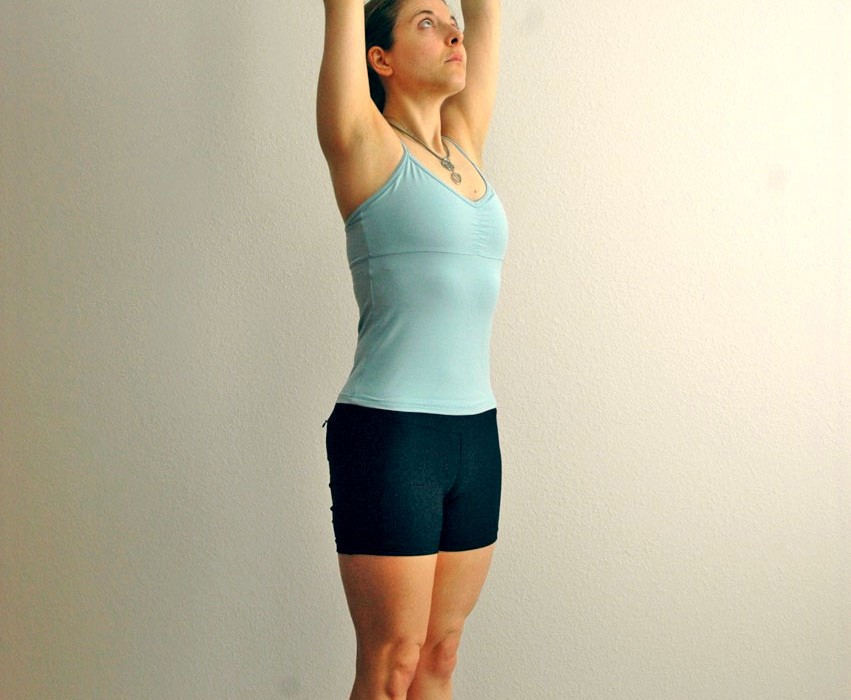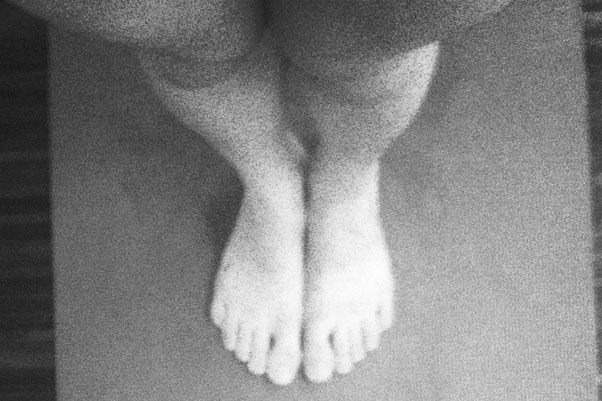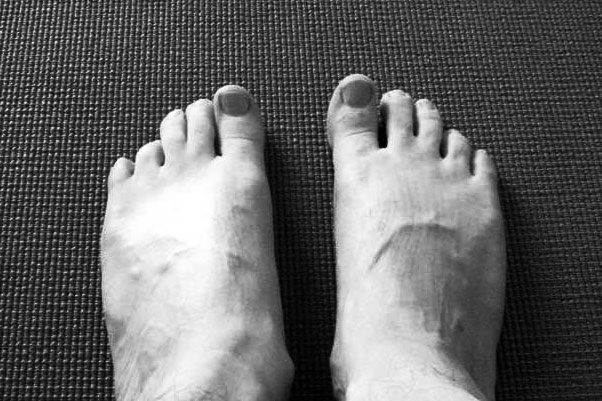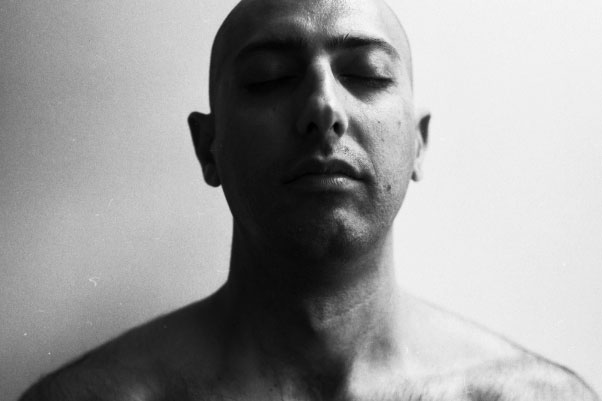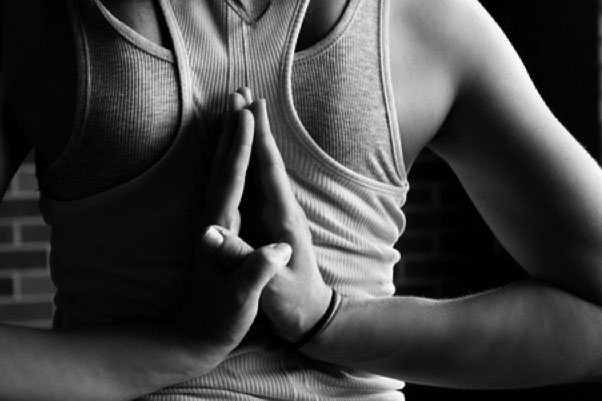The Mountain Pose
The different yoga poses serve different purposes such as energizing and revitalizing the organs of the body as well as helping to free the body’s flow of energy.
Knowledge of the yoga asanas can help us learn how to maintain equilibrium in the body. This is part of the knowledge of maintaining balance in everyday life, as explained in the science of Ayurveda. Each yoga asana works on specific areas of the body such as the joints, liver, kidneys, and heart. Different movements and extensions of the body in the postures, including the positioning of the inner organs in the inverted sequences, profoundly affect the functions of the bodily parts. By properly performing the asanas there are many beneficial effects, like the body becoming decongested, rested, and oxygenated with healthy blood. Stamina, heart performance, muscle tone, circulation, and respiration all improve as well.
The foundation behind the postures is correct spinal alignment. If the spine is properly aligned and the muscles surrounding the spine are balanced and strong, this will help us sit, stand, and walk correctly.
The first posture in the standing pose sequence is Tadasana. Tada means mountain, and asana means posture; so, ‘tadasana’ denotes the firmness and openness of the posture. When we learn to stand correctly, the feet, knees, and hips are aligned, and enough space is created in the upper torso to keep the internal organs healthy. Tadasana should be practiced daily, or whenever you feel the need for alignment and lightness of the body.
THE POSTURE
The Feet
Take your awareness to the feet. This is your base. It’s how your body lifts up from the ground. Keep the feet together with the toes and heels in line; keep the weight even on the inner and the outer edges of both feet; lift the inner arches and be observant of how you stand on the earth.
The Legs
Begin to strengthen the legs by lifting the knee caps and pulling the thigh muscle up, right to the top of the thighs. The kneecaps should be lifted and the backs of the knees extended. This creates firmness and strengthens the legs and feet. Observe if you are extending the inner side of the legs as evenly as the outer side of the legs; the front of the legs should be extended as evenly as the back of the legs.
As we move upward, lift the hips, which should create space between the thighs and the trunk. Move the abdominal organs up and back without creating tension. Move the kidneys further into the body.
Upper Trunk
Now move your attention to the upper part of your body. Lift the diaphragm and the ribcage. Open the diaphragm and the floating ribs outward. The shoulder blades move in. Feel the internal opening of the chest. You should understand at this point how these actions create space in the body, thus allowing the heart and lungs more freedom.
Relax the shoulders and draw them downward. Widen them horizontally at the front, away from the neck. Extend the arms towards the earth. Extend the inner arms and outer arms evenly.
Stretch the neck up from below the shoulder blades. Lift the sternum and extend the front of the neck. Do not tense the throat or neck.
The Head
Lift the back of the skull away from the neck to make the head light. Keep the head straight, the chin level, and the ears vertical.
Imagine that there is a string running through the center of the body, and you are being lifted from the crown of the head.
Although this pose appears to be complicated, it is important because one can experience how to hold the body in alignment. This will bring equilibrium to the body, a sense of lightness, and a sense of being centered.
A devotee knows that the body belongs to God. The science of yoga can help us live a more sattvic, peaceful life and serve the Supreme with more vigor and balance.

